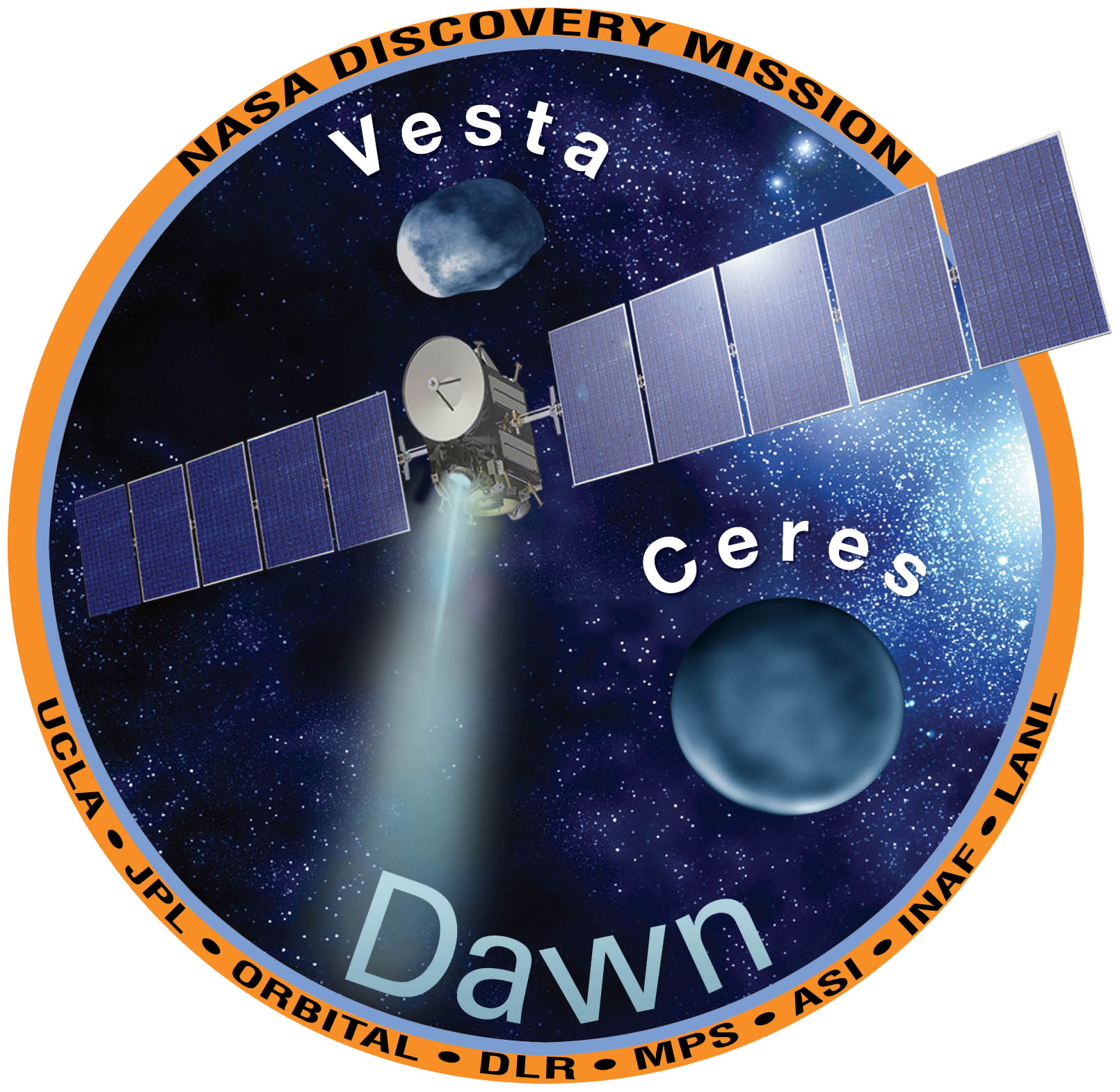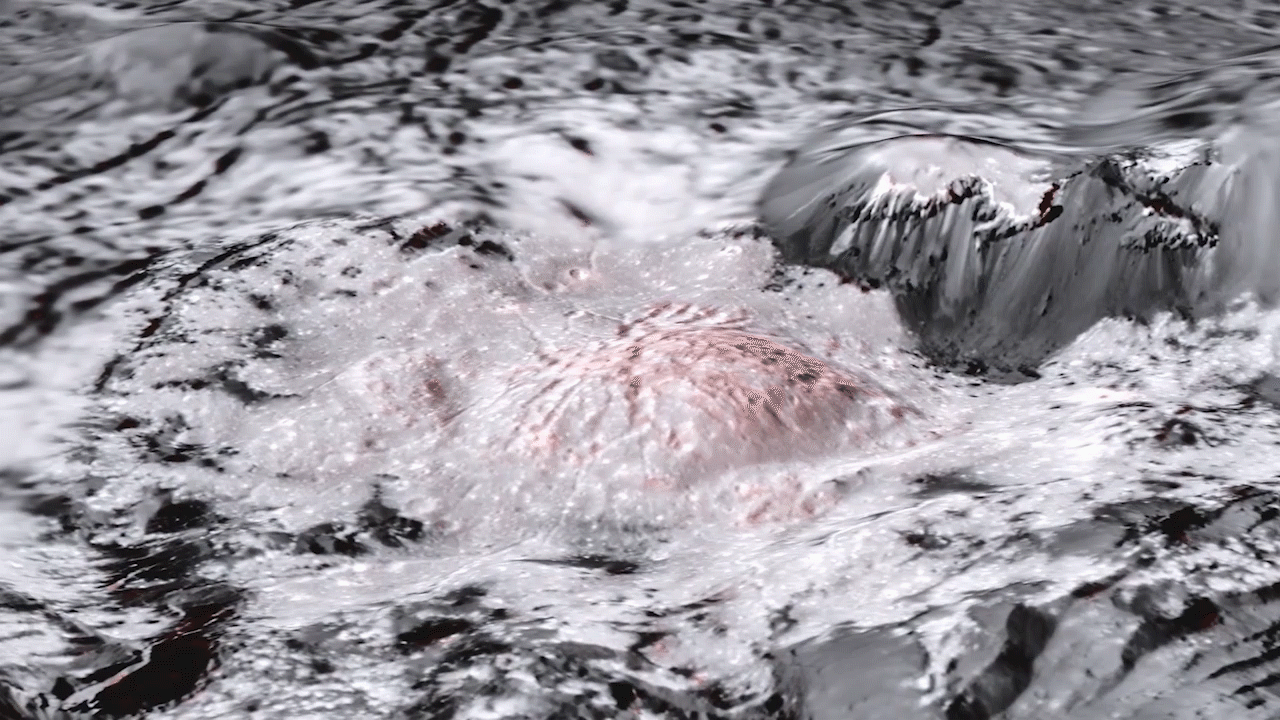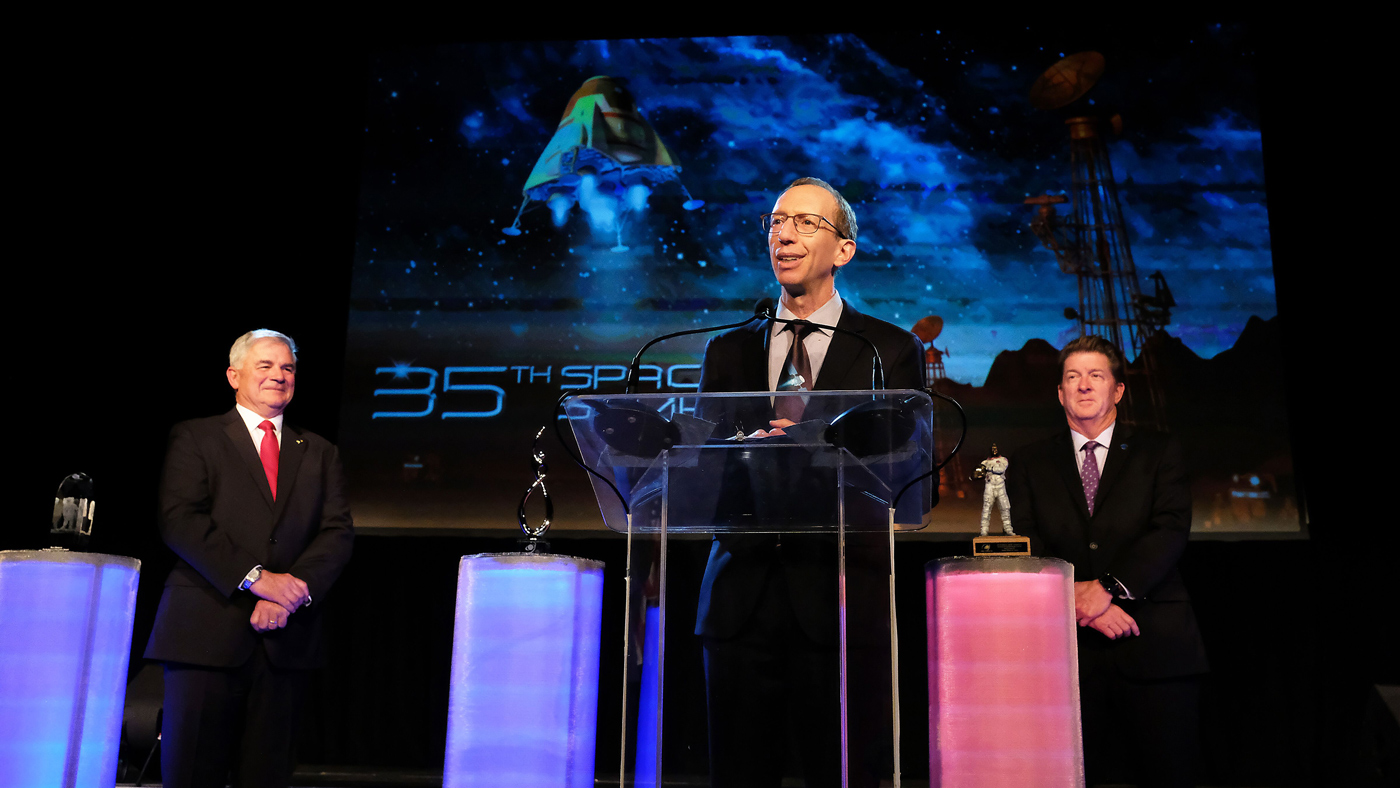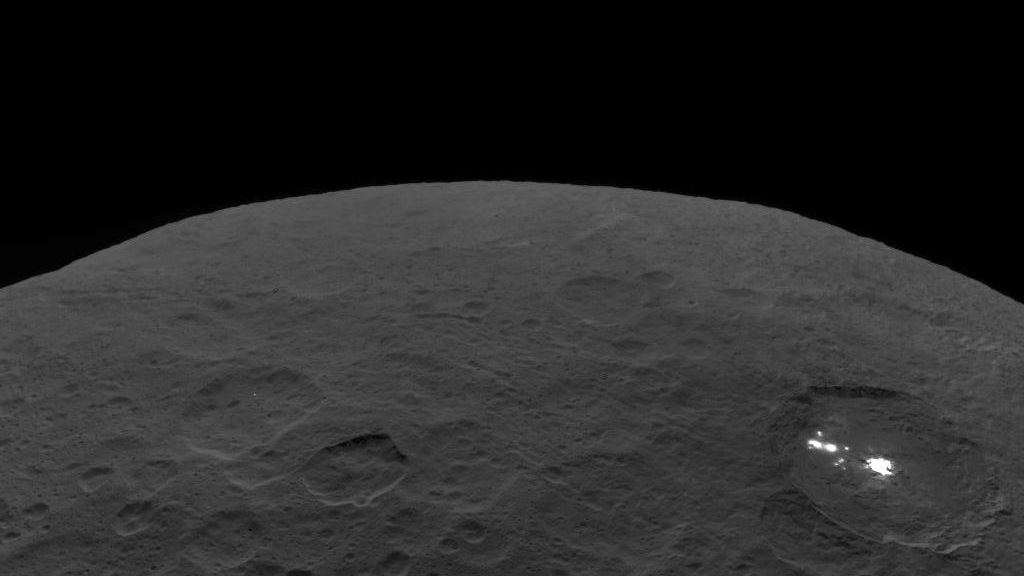
Dawn
Dawn was NASA’s first truly interplanetary spaceship. The mission featured extended stays at two very different extraterrestrial bodies: giant asteroid Vesta and dwarf planet Ceres. Both small worlds reside in the debris-strewn main asteroid belt between Mars and Jupiter.
Occurred 5 years ago
Type
Orbiter
Launch
Sept. 27, 2007
TargetS
Vesta and Ceres
Status
Successful
Dawn was the first spacecraft to orbit two extraterrestrial destinations – the protoplanet Vesta and the dwarf planet Ceres, both in the asteroid belt beyond Mars.
NASA/JPL-Caltech
Keep Exploring









